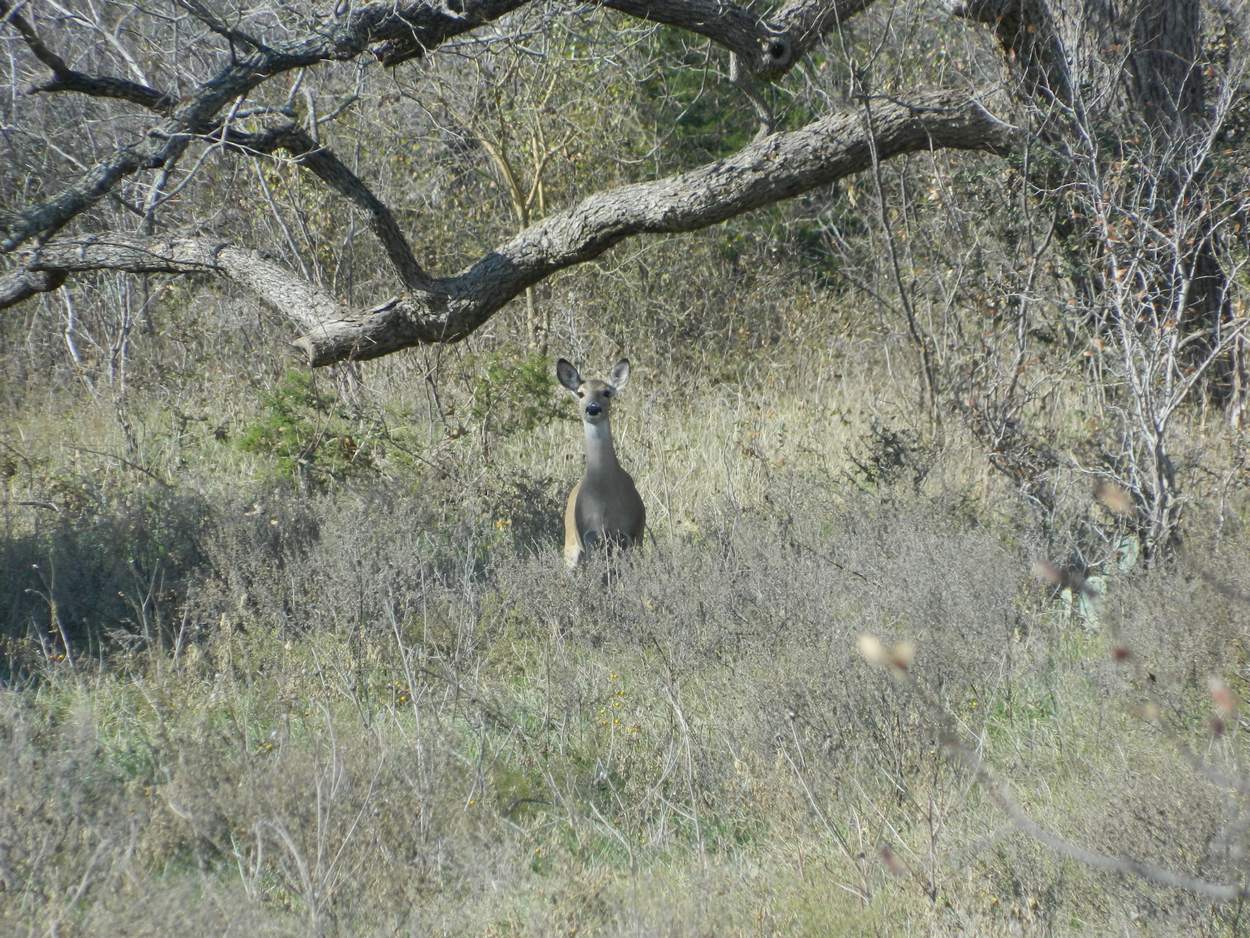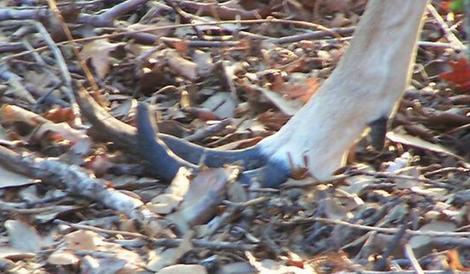Deer can sometimes grow hooves that are much longer than normal. Long hooves in deer is not common because I’ve seen reports from many different places over the years, but it’s not something that hunters will commonly see in the field. Just this week, I received an email that contained photos of a white-tailed doe than had long hooves (it was actually just her front left hoof and back right hoof).
This condition is referred to as foundering and I believe the term comes from the word “floundering” because under extreme conditions the animal appears to be floundering around as it walks. From reviewing the literature, there appears to be three main reasons for long hoof growth in deer, but all are related to diet.
Why do Deer Founder?
A deer that exhibits foundering is taking in way too many carbohydrates. Either this is a problem directly related to the forage that the animal is eating or it has to do with the way the deer is processing its food. More often than not, it has to do with what the deer is eating. A diet high in corn or protein pellets contributes to foundering. Corn, of course, is primarily carbohydrates.
Hoof tissue is very similar to antler tissue. If you are feeding protein to grow larger bodied deer and larger antlers then you are also feeding to grow deer with longer hooves. Foundering is almost always the result of a deer consuming too many carbohydrates in the diet too fast.
The result is a buildup of acid in the rumen, which kills the bacteria that digest carbohydrates. This process then results in an increasing pH in the blood that can hurt or possibly even kill the deer from acidosis.
Foundering is a result of these physiological changes within hooved animals. The technical term for problem is laminitis, and refers to the physical separation of the hoof wall and rotation of the coffin bone. So rather than a deer walking on the ends of its hooves, it walks on the sides of its hooves. This causes improper wear and hooves lengthen.
Photos: Deer with Foundered Hooves
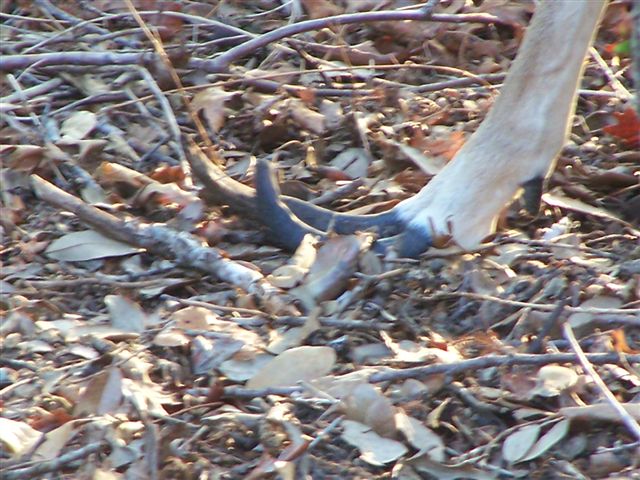
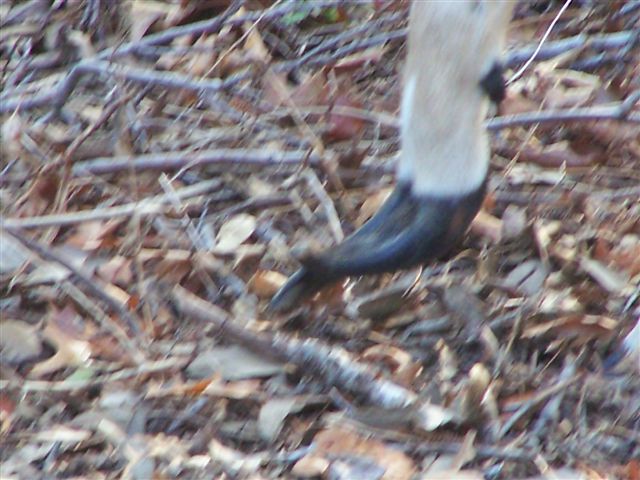
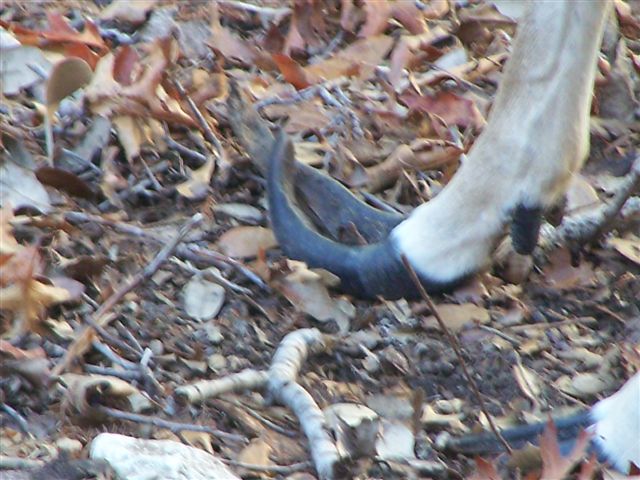
Foundering and Deer Mobility
White-tailed deer than have foundered, long hooves will often walk on the backs of their hooves because the acid buildup agitates the growth plate in their hooves. As a result of the deer attempting to ease the pain, the hooves grow longer than normal because the hooves do not have proper contact with the ground.
Without proper contact hoof-ground contact, the hooves do not wear down as they normally would. This problem can be exacerbated on “soft” soils such as clay and sand because hoof wear in deer is already decreased in these areas.
